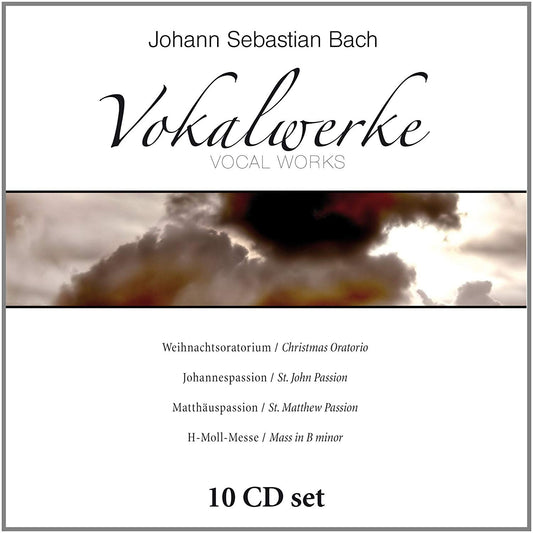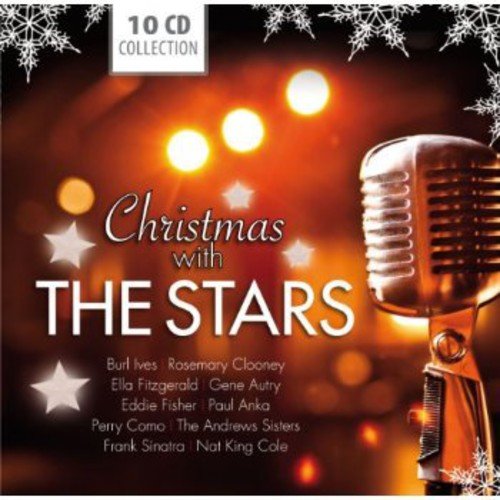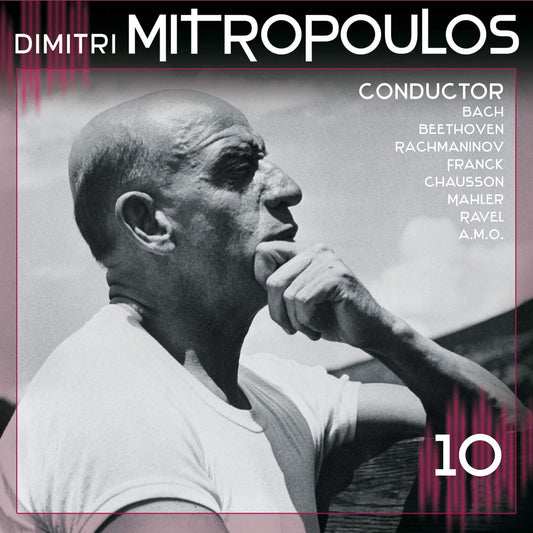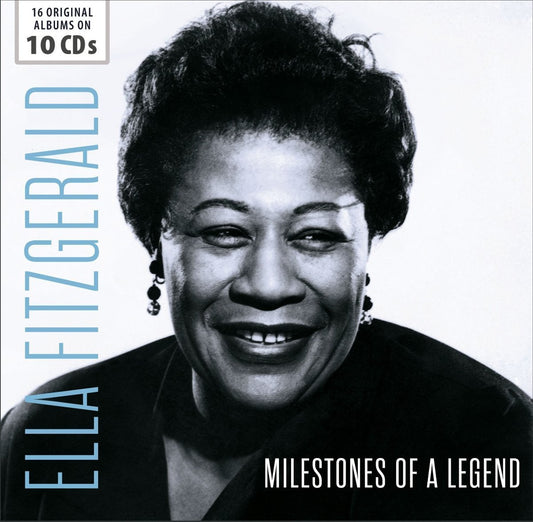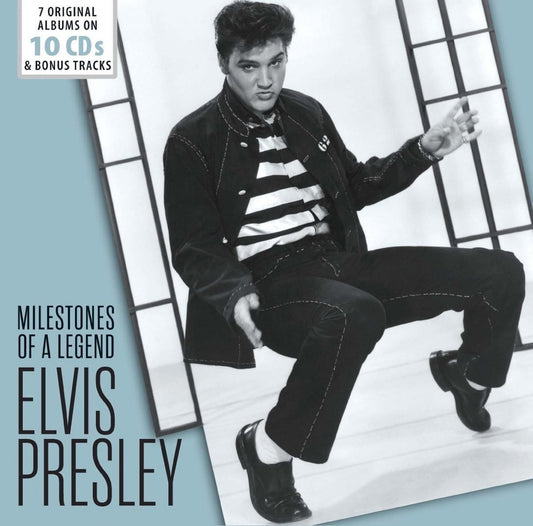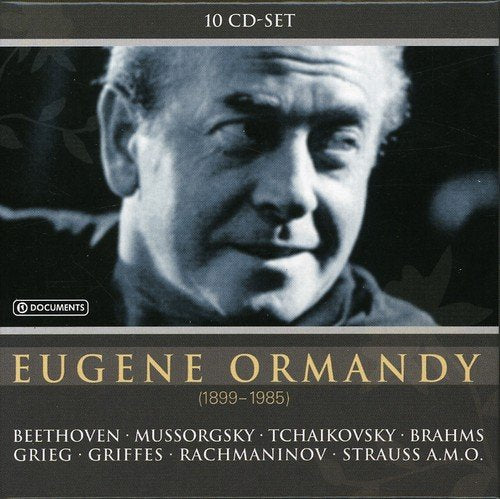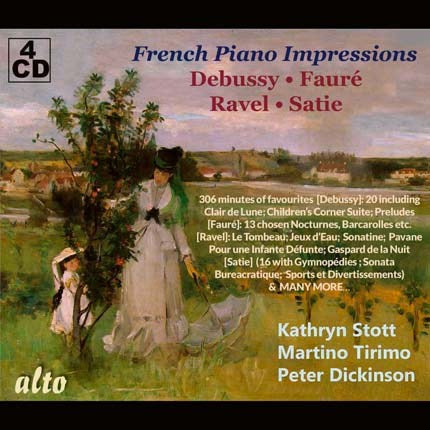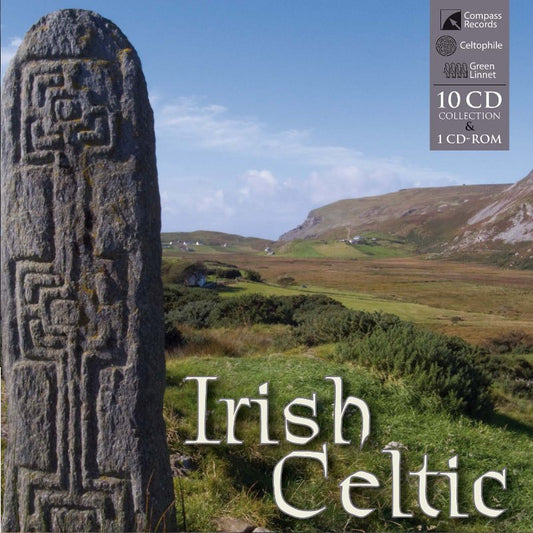GIMELL
Josquin: Missa Mater Patris; Bauldeweyn: Missa Da Pacem - Tallis Scholars
Josquin: Missa Mater Patris; Bauldeweyn: Missa Da Pacem - Tallis Scholars
FORMAT (CD, LP, DVD?)
FORMAT (CD, LP, DVD?)
Couldn't load pickup availability

I remember a certain eminent man saying that, now that Josquin is dead, he is putting out more works than when he was alive.’ (Georg Forster, 1540)
With Missa Mater Patris and Missa Da pacem our project to record all of Josquin’s Masses runs into controversy. Who wrote these pieces, and when? In the case of one of Josquin’s greatest Mass-settings, Missa Mater Patris, its style is so unusual that some scholars have questioned its authorship. With Da pacem these questions become more pressing. Having been thought during the nineteenth century to be the most typical and perfect of all Josquin’s Masses, it has recently been shown to be by the little-known Noel Bauldeweyn. Or is it?
Josquin’s Missa Mater Patris is one of his most forthright compositions, full of daring in a bracingly simple style. In many people’s minds ‘simple’ tends to mean ‘early’ when categorising an artist’s output. But where the simplicity is the result of an artist having refined something which has evolved over a lifetime, then it can also indicate ‘late’, as many elderly writers, painters and musicians have shown over the centuries—Arvo Pärt is a current example. And paring down a highly developed method is exactly what Josquin shows in his Missa Mater Patris. Gone is the dense polyphonic argument of so much of his earlier music. In its place are light, open textures delivered with a good deal of wit, even playfulness. The Hosanna shows exactly this.
Alongside the unusual style of Mater Patris are Josquin’s detailed references to the music of Antoine Brumel. These also are unusual, since this is the only time in all his Masses that Josquin quoted the music of a contemporary—and he went to unheard-of lengths with these quotations, most remarkably in the third Agnus Dei. Furthermore, for the rest of the composition Josquin derived all his principal themes from Brumel’s work. It seems likely, then, that he was close to Brumel in life, and decided to write a homage to him, perhaps shortly after his death in either 1512 or 1513. Whether this would make Mater Patris Josquin’s last Mass-setting depends on the date one gives to his Missa Pange lingua, which has long been said to represent his last thoughts in setting the texts of the Ordinary. However the possibility remains that Josquin as an old man, after all the serious work, felt able to turn his hand to music which wears its learning lightly.
Unlike closely argued Mass-settings such as Gaudeamus or Sine nomine, Mater Patris essentially has only two types of writing, and these act as the perfect foil to each other: highly imitative duets, mostly sung by the two middle parts, and the solemn block-chords which often round them off. In addition to this there are three lengthy duets, all of them strict canons: ‘Pleni sunt caeli’ at the second above; the Benedictus at the second below; and the second Agnus Dei at the unison. Their length is determined by the amount of repetition in the music, something which characterises the Mass as a whole and is derived from the Brumel model (the Hosanna quotes Brumel’s ‘exaudi’ motif thirty-four times and at every modal pitch).
And then there is the third Agnus Dei, the astonishing crowning glory, where Josquin swallowed Brumel’s Mater Patris almost whole, making it form the three middle voices of a five-voice texture, the outside voices being newly composed. My favourite moment is just before the final block-chord statement of ‘Agnus Dei’ where Josquin has added his own two parts to what was a duet in the model. He has heard the possibilities in the Brumel so clearly that his own inventions are just as interesting, especially the manner in which the bass keeps repeating the same two notes—G and D—under Brumel’s music.
The Missa Da pacem has had one of the most disrupted histories in all of Renaissance music. Long thought to be by Josquin (there is some manuscript justification for a questionable attribution, as there is for so much of his music), in 1972 it was shown by Edgar Sparks to be by the little-known Noel Bauldeweyn (fl1509-13). Its exceptional reputation was launched in the middle of the nineteenth century when an Austrian scholar, August Wilhelm Ambros, wrote in his History of Music (1868): ‘The ‘incarnatus’ rises to a greatness which no old or new master, whatever his name might be, has surpassed. The most bold, tremendous, marvellous harmonic progressions break out one after another like flashes of sun; the awe of a most unknown spiritual realm wafts in them.’
This may tell us more about the attitudes of the nineteenth century than about those of the early sixteenth, but there was enough good music in Da pacem to confuse everyone for another hundred years. One of the pleasures of recording this setting was in tracking Josquin, or his influence, through its pages. Were the good passages good enough to be by him? How far below his standard did other passages fall? My own conclusion is that there are two substantial sections which could maintain an attribution to Josquin—the ‘Et incarnatus’ and the third Agnus Dei—and also several shorter phrases or subsections which could do. The problem is that the overall standard is not as high as Josquin’s average standard. Some of the material is routine, especially at cadences where the composer tended to repeat phrases where no amount of emphasis can make them more interesting.
There is a temptation to ascribe dual authorship to this setting, even though almost no examples of this practice during the Renaissance period (outside the workshops which the leading painters of the day maintained) have come down to us. How else does one account for the perfect pacing of the ‘Et incarnatus’? The third Agnus Dei is also a mesmerising movement, built on three voices in strict canon at three different octaves, surrounded by three free parts equally inhabiting the same three different octaves. The sonorities which this texture creates are unique, highlighted for me by the two bass parts which are allowed to sing low thirds and fifths, creating textures quite outside normal practice.
David Fallows wrote that Josquin’s Missa Mater Patris represents an ‘experiment that needed Josquin’s courage’. This is exactly what I would say about the third Agnus Dei of Missa Da pacem. As for most of the rest of it, this recording is now there for an informed opinion to be made. As one leading scholar, Richard Sherr, observed: ‘However, scholarly tastes change. Maybe a champion for the Missa Da pacem will one day appear.’ I hope this recording is that champion.

‘As one of the most important accounts of Josquin’s Masses in recent decades, Peter Phillips’s albums with The Tallis Scholars continue to sparkle and inform. Already in these pages I have admired the clarity of vision and consistency of sound that this ensemble bring to his works; but with this new album there is a particular sheen to the performance that places it among their recent best.’ (Gramophone)
‘The clear, bright sound of The Tallis Scholars is always a superb match for Josquin’s complex textures and their control of two-part textures is outstanding … a superb addition to their ongoing Josquin cycle’ (Gramophone)
‘The Scholars take the [Missa Mater Patris] at an aptly reverential tread, capturing its introspective—at times hypnotic—qualities. The writing is tight and spare, the composer contrasting imitative duets with richer chordal passages. Using just one or two voices to a part, this performance is both immediate and intimate … the Scholars realise the [Missa Da pacem] with all the clarity, precision, clarity and conviction for which they are justly renowned’ (BBC Music Magazine)

Mater Patris[3'30]
Antoine Brumel (c1460-1512/13)
1
Mater Patris et filia[1'03]
2
Audi nostra suspiria[1'04]
3
Bone Jesu, Fili Dei[0'33]
4
Et precibus nostris[0'50]
Missa Mater Patris[31'05]
Josquin des Prez (c1450/55-1521)
5
Kyrie I[1'21]
6
Christe[1'00]
7
Kyrie II[1'02]
8
Gloria in excelsis Deo[2'13]
9
Qui tollis peccata mundi, miserere[1'24]
10
Cum Sancto Spiritu[0'43]
11
Credo in unum Deum[2'56]
12
Crucifixus[1'34]
13
Et in Spiritum Sanctum[2'23]
14
Sanctus[1'50]
15
Pleni sunt caeli[1'29]
16
Hosanna I[1'34]
17
Benedictus[2'13]
18
Hosanna II[1'39]
19
Agnus Dei I[1'29]
20
Agnus Dei II[1'38]
21
Agnus Dei III[4'37]
22
Da pacem, Domine[0'42]Anonymous - liturgical
Missa Da pacem[37'04]
Noel Bauldeweyn (c1480-1530)
23
Kyrie I[1'28]
24
Christe[0'50]
25
Kyrie II[1'18]
26
Gloria in excelsis Deo[3'02]
27
Qui tollis peccata mundi, miserere[2'52]
28
Credo in unum Deum[3'15]
29
Et incarnatus est[1'30]
30
Crucifixus[0'57]
31
Et resurrexit tertia die[0'45]
32
Et iterum venturus est[3'06]
33
Sanctus[2'20]
34
Pleni sunt caeli[1'56]
35
Hosanna I[1'39]
36
Benedictus[2'19]
37
Hosanna II[1'44]
38
Agnus Dei I[2'21]
39
Agnus Dei II[2'45]
40
Agnus Dei III[2'57]


GREAT SAVINGS on OUR 10 CD SETS
-
BACH: 800 YEARS OF THE ST. THOMAS CHOIR, Leipzig - MOTETS, CANTATAS, PASSIONS (8 CDS)
Regular price $10.99 USDRegular price$24.99 USDSale price $10.99 USDSale -
BACH: Vocal Works (10 CD SET INCLUDES FREE BACH CANTATAS DOWNLOAD)
Regular price $14.99 USDRegular price$24.99 USDSale price $14.99 USDSale -
BALLROOM DANCEHALL - GLENN MILLER, ARTIE SHAW, CAB CALLOWAY, WOODY HERMAN AND MORE (10 CDS)
Regular price $17.99 USDRegular price$24.99 USDSale price $17.99 USDSale -
BEETHOVEN: SONATAS & VARIATIONS - WILLIAM BACKHAUS (10 CDS)
Regular price $21.99 USDRegular price$39.99 USDSale price $21.99 USDSale -
BEETHOVEN: THE 9 SYMPHONIES - KARAJAN, BERLIN PHILHARMONIC (6 CDS)
Regular price $19.99 USDRegular price$29.99 USDSale price $19.99 USDSale -
BERT KAEMPFERT: 10 CLASSIC ALBUMS & BONUS TRACKS (10 CDS)
Regular price $24.99 USDRegular price$29.99 USDSale price $24.99 USDSale -
CHARLIE PARKER - 22 Original Albums - Milestones of a Legend (10 CDS)
Regular price $24.99 USDRegular price$29.99 USDSale price $24.99 USDSale -
Chet Baker: Milestones of a Legend (10 CDs)
Regular price $24.99 USDRegular price$29.99 USDSale price $24.99 USDSale -
CHRISTMAS WITH THE STARS (10 CDS)
Regular price $9.99 USDRegular price$24.99 USDSale price $9.99 USDSale -
DMITRI MITROPOULOS - MAESTRO (10 CDS)
Regular price $5.99 USDRegular price$24.99 USDSale price $5.99 USDSale -
Ella Fitzgerald Sings The Songbooks (Cole Porter, George & Ira Gershwin, Rodgers & Hart, Irving Berlin - 10 CDs)
Regular price $21.99 USDRegular price$29.99 USDSale price $21.99 USDSale -
Ella Fitzgerald: Milestones of a Legend (10 CDs)
Regular price $22.99 USDRegular price$29.99 USDSale price $22.99 USDSale -
ELVIS PRESLEY: MILESTONES OF A LEGEND (10 CDS)
Regular price $18.99 USDRegular price$29.99 USDSale price $18.99 USDSale -
EUGEN JOCHUM: THE LEGENDARY EARLY RECORDINGS (10 CDS)
Regular price $9.99 USDRegular price$29.99 USDSale price $9.99 USDSale -
EUGENE ORMANDY: A PORTRAIT (10 CDS)
Regular price $8.99 USDRegular price$24.99 USDSale price $8.99 USDSale -
FRENCH PIANO IMPRESSIONS (DEBUSSY; FAURE; RAVEL) - STOTT, TIRIMO, DICKINSON (4 CDS)
Regular price $9.99 USDRegular price$24.99 USDSale price $9.99 USDSale -
IRISH CELTIC (10 CDS + 1 CD-ROM)
Regular price $9.99 USDRegular price$24.99 USDSale price $9.99 USDSale -
JASCHA HEIFETZ: MILESTONES OF A VIOLIN LEGEND - VIOLIN CONCERTOS AND CHAMBER MUSIC (10 CDS)
Regular price $21.99 USDRegular price$39.99 USDSale price $21.99 USDSale -
Jazz Piano: The Ultimate Collection, Vol. 1 (10 CDs)
Regular price $19.99 USDRegular price$39.99 USDSale price $19.99 USDSale -
JOHN COLTRANE: GIANT STEPS - THE BEST OF THE EARLY YEARS (10 CDS)
Regular price $22.99 USDRegular price$39.99 USDSale price $22.99 USDSale




